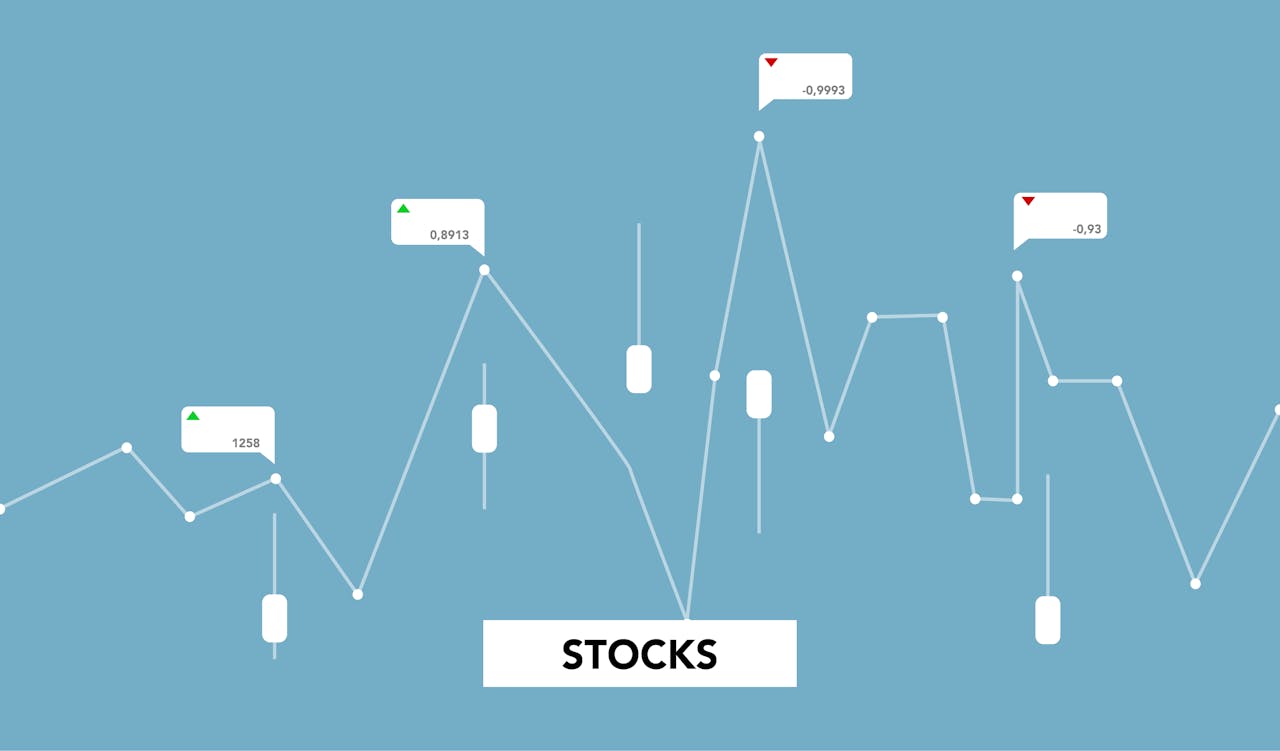The real estate market operates in cycles, much like any other market. Understanding these cycles is key to making informed decisions, whether you’re an investor, buyer, or seller. Real estate market cycles are affected by multiple factors including economic conditions, interest rates, and investor sentiment. The purpose of this article is to break down the stages of real estate cycles, how to spot them, and how they influence property prices.
What are Real Estate Market Cycles?
A real estate market cycle refers to the repetitive pattern in which market conditions fluctuate over time. These cycles are divided into four distinct stages: expansion, peak, contraction, and trough. Understanding each phase can help individuals anticipate changes in the market and make strategic decisions.
The market cycle is highly influenced by both external and internal factors. For example, governmental policies, supply-demand dynamics, and even natural events can all shift the market’s trajectory. Being aware of these factors helps real estate professionals and investors navigate market fluctuations more effectively.
The Stages of the Real Estate Market Cycle
1. Expansion Phase
The expansion phase marks the early stages of a real estate market cycle. During this period, the economy is growing, and demand for housing increases. As a result, property values begin to rise. In this phase, there is often low-interest rates, low unemployment, and increased consumer confidence.
The increase in demand drives up home prices, making it an attractive time for sellers and investors. In this stage, new developments are also common, as builders and developers anticipate continued demand for properties.
For buyers, this phase may seem like a good time to purchase. However, the rising prices and competition from other buyers can make it challenging to secure a deal at a reasonable price.
2. Peak Phase
The peak phase represents the height of the market cycle. This is when property prices have reached their maximum level. At this point, the market is often saturated with buyers, and demand starts to decline as fewer people can afford to buy at the elevated prices. Interest rates may rise during this phase, further reducing affordability.
While sellers may feel confident in asking higher prices, the risk of overpricing becomes more apparent. Investors may also start to notice that returns are not as lucrative as they were earlier in the expansion phase. As a result, there may be a slowdown in construction and development.
For many, the peak represents a time when market conditions are ripe for selling before the cycle moves into the next phase. However, timing the peak perfectly is challenging, as it can often be recognized only in hindsight.
3. Contraction Phase
The contraction phase is the downturn of the market. During this time, property values begin to decrease, and the number of transactions slows down. Economic factors such as rising interest rates or a decline in consumer confidence may lead to a reduction in demand. As a result, home prices fall, and many buyers hesitate to enter the market.
For sellers, this is a difficult phase. Properties take longer to sell, and sellers may have to reduce their asking prices to remain competitive. Developers may also pause new construction, waiting for the market to recover. At this stage, there is often a shift in investor sentiment, with many looking to minimize losses.
While the contraction phase may seem daunting, there are opportunities for savvy buyers and investors to secure properties at lower prices. It is essential to analyze the market and identify undervalued opportunities.
4. Trough Phase
The trough phase represents the bottom of the real estate cycle. During this period, the market has bottomed out, and property prices are at their lowest point. This is typically a challenging time for sellers, as demand is low, and homes may stay on the market for extended periods.
However, for buyers and investors, this stage presents opportunities for purchasing properties at significantly lower prices. As the economy stabilizes, demand begins to pick up again, setting the stage for the next expansion phase.
It is important to note that the trough phase does not last forever. Eventually, the market will recover, and the cycle will begin anew. Identifying when the market has reached the trough can be difficult, but real estate professionals closely monitor indicators such as economic growth, interest rates, and property prices to gauge the market’s recovery.
Factors Influencing Real Estate Market Cycles
1. Economic Conditions
The health of the broader economy plays a significant role in shaping the real estate market cycle. In times of economic growth, people have more disposable income, and businesses are more likely to invest in commercial properties. This drives up demand for both residential and commercial real estate.
Conversely, during economic downturns, people tend to spend less, leading to reduced demand in the housing market. Unemployment rates and inflation can also impact consumer behavior, further influencing the market.
2. Interest Rates
Interest rates are one of the most powerful drivers of real estate market cycles. When interest rates are low, borrowing becomes cheaper, making it more attractive for buyers to take out loans. This leads to increased demand for properties and can fuel an expansion phase.
On the other hand, when interest rates rise, the cost of borrowing increases, reducing demand for mortgages and slowing down the market. As a result, rising interest rates often coincide with the contraction phase of the cycle.
3. Supply and Demand
The balance between supply and demand is a critical factor in determining market prices. When demand exceeds supply, property prices rise, and the market enters the expansion phase. Conversely, when supply exceeds demand, prices fall, leading to the contraction phase.
Builders and developers must closely monitor supply and demand trends to avoid overbuilding during the peak phase. Overbuilding can lead to a glut of properties on the market, exacerbating the contraction phase.
4. Government Policies
Government policies, including tax laws, zoning regulations, and incentives for homebuyers, can influence real estate cycles. For example, lower taxes or subsidies for first-time buyers may encourage more people to enter the market, stimulating demand. Similarly, government spending on infrastructure projects can make certain areas more desirable, leading to higher property values.
However, restrictive policies, such as stricter lending requirements or increased property taxes, can reduce demand and slow down the market.
How to Navigate Real Estate Market Cycles
1. Keep a Long-Term Perspective
Real estate is a long-term investment, and market cycles typically take years to complete. It is essential to maintain a long-term perspective and not make hasty decisions based on short-term market fluctuations. Buyers and investors who are patient and strategic are more likely to benefit from market cycles in the long run.
2. Monitor Economic Indicators
Stay informed about key economic indicators that can signal changes in the market. These include GDP growth, interest rates, inflation, and employment data. By monitoring these indicators, you can better anticipate the direction of the real estate cycle and make timely decisions.
3. Diversify Your Investment Portfolio
Diversifying your real estate portfolio is an effective way to mitigate risk during different stages of the cycle. By investing in a mix of property types and locations, you reduce the impact of downturns in any one sector. Additionally, consider other types of investments outside of real estate to create a balanced portfolio.
4. Work with Professionals
Real estate professionals, such as agents, brokers, and financial advisors, can provide valuable insights into the market. They can help you identify trends, locate opportunities, and navigate the complexities of buying or selling real estate. Their expertise can be especially beneficial during times of market uncertainty.
Conclusion
Understanding real estate market cycles is essential for anyone involved in the real estate market. By recognizing the four phases—expansion, peak, contraction, and trough—individuals can make informed decisions about when to buy, sell, or invest. Economic conditions, interest rates, supply and demand, and government policies all play a role in shaping these cycles.
Navigating market cycles successfully requires patience, knowledge, and the ability to adapt. By staying informed and working with professionals, you can capitalize on opportunities and minimize risks throughout the real estate market cycle.
Check out our Facebook or X accounts.
For more topics check here.



